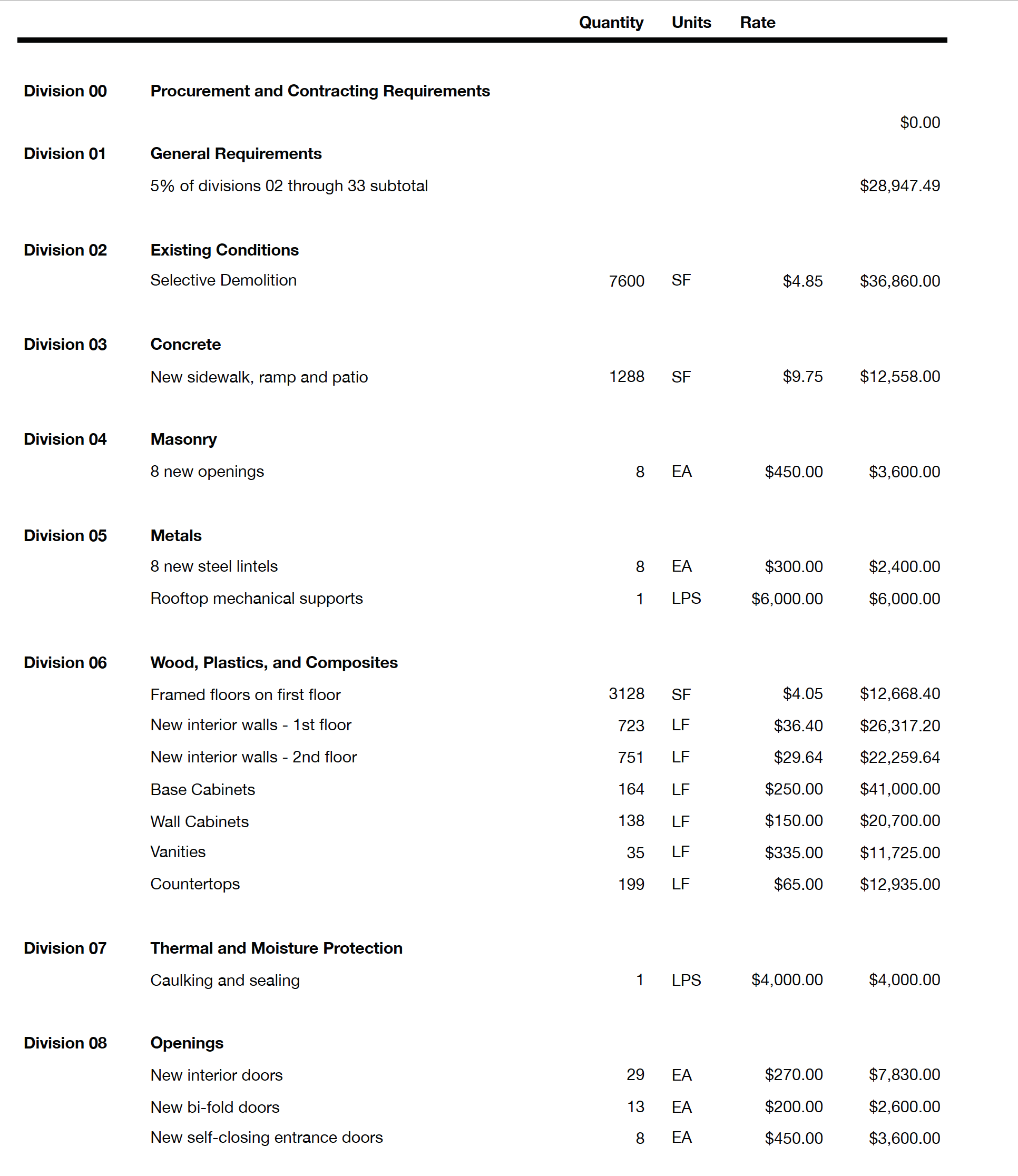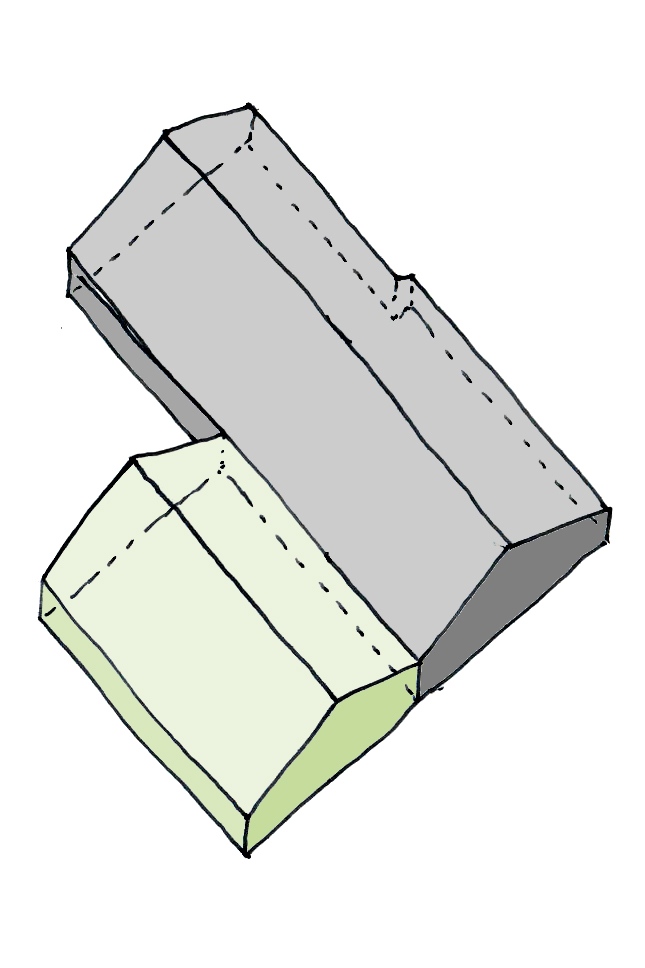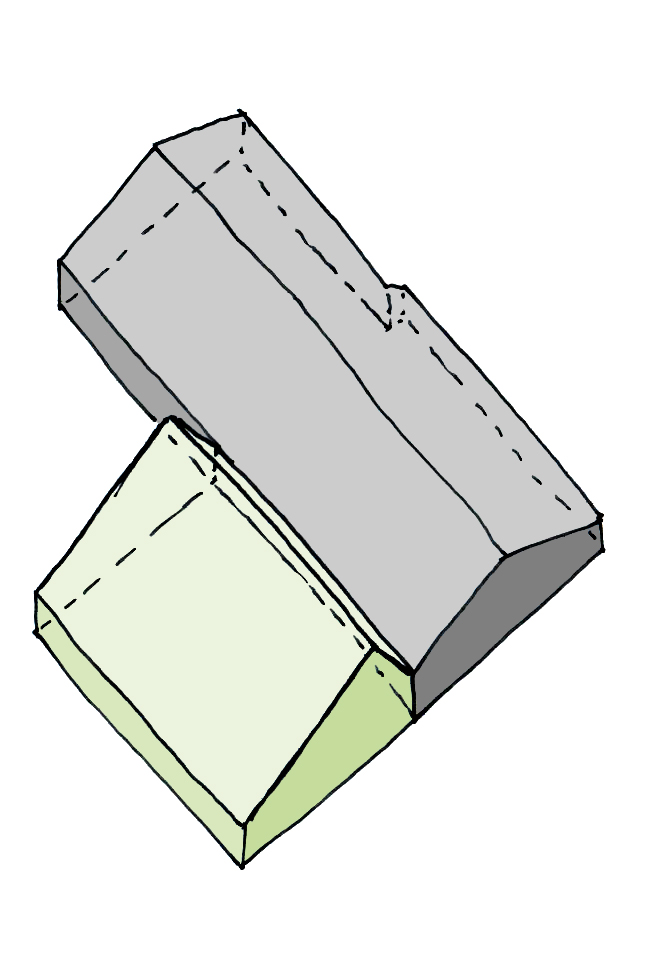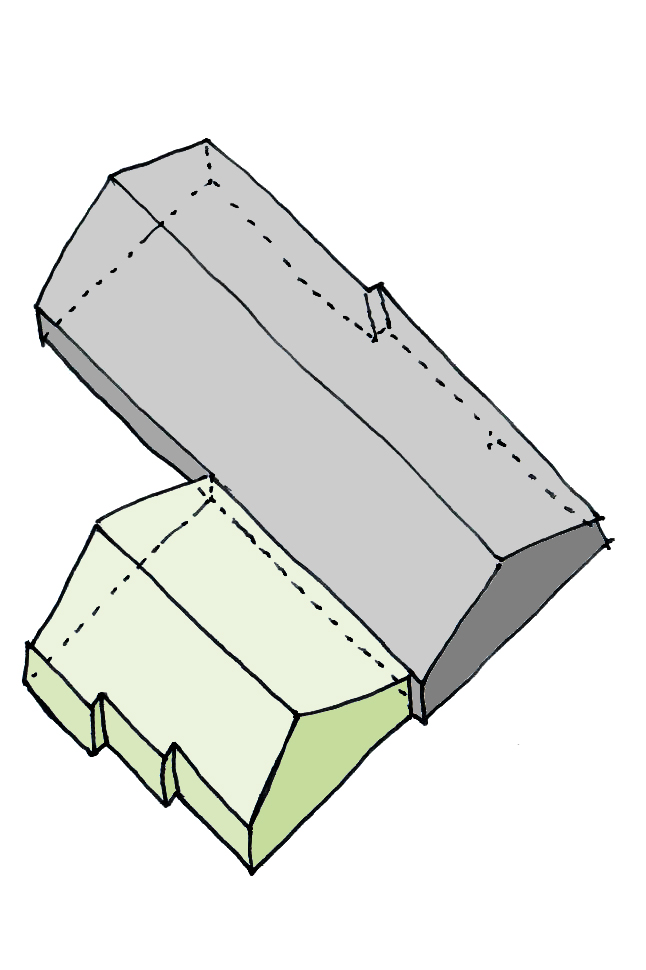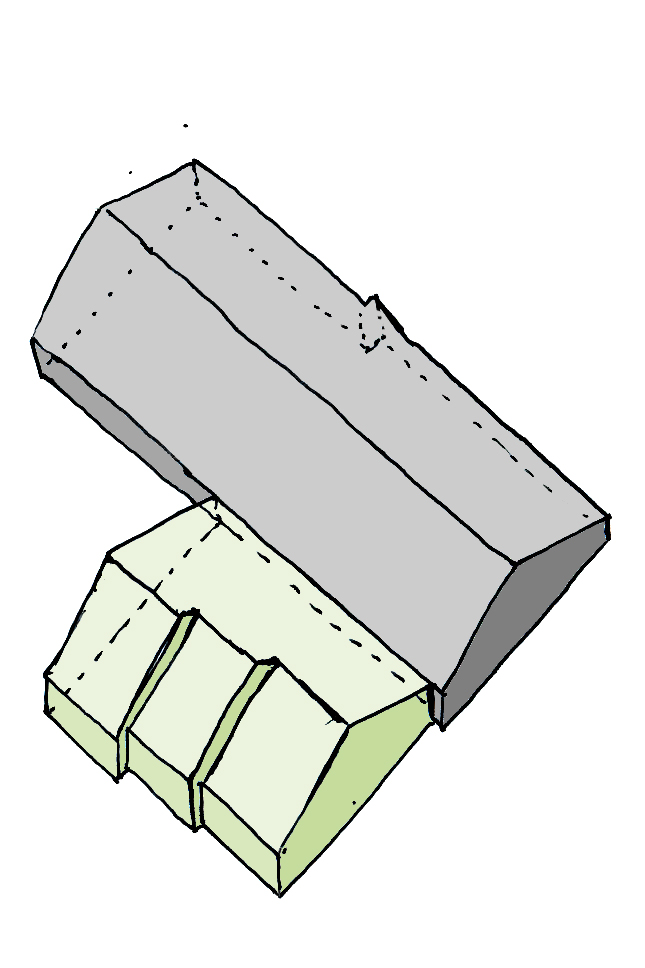6 Ways to Save on Your Project
/The status quo for saving money on a construction project is to cut out non-essentials at the end when you’ve run out of money. But by understanding that where and how to save on a project often happens in different areas than you think, you can strategize about where you want your money to go. So you’ll have some homework to do, but until then, we’ve bought you some time by outlining six big ways you can save.
Overestimate and underbid
Do research on current construction costs and the many aspects of a project that also require your money and time (which is just more money). Recognize that there will also inevitably (not always, but quite often) be unforeseen costs, and allot a large enough budget to cover what you know to be true as well as the unpredictable variables. When it comes to hiring a designer, you can shoot low in what you have them design for, knowing full well that you have accounted for extras and allowed yourself wiggle room. For a heads up on what to budget for, we’ve created an expense guide that lists the various potential costs involved in design and construction. That way, you can plan ahead and rather than having to deduct finishes or design features from your project to save, you can potentially add them in.
Example budget breakdown (not including soft costs) for a building that was being renovated into apartments
Reduce your square footage
The best way to save on a project is by keeping your project small and tight. Land, labor, and materials are the greatest expense in a project, and these days, they cost a pretty penny. So the larger your structure, the more it will drain your bank account. There are, however, fixed variables that do not shrink with the overall size, such as kitchens and bathrooms. So while shrinking footprint reduces your overall cost, your cost per square foot goes up, meaning that the money you didn’t spend on a larger footprint allows you to have nicer finishes.
Keep your designs simple
Like square footage, the shape or complexity of your design will also affect its price. Design features such as bay windows, dormers. or balconies while they don’t add square footage, do add material, design time, and can be complicated to execute, all of which will increase cost. It’s still possible to accomplish an interesting aesthetic with simplicity; it just requires capitalizing on materials and color to add texture, depth, and a sense of space or light.
Stick with basic finishes
Finishes can significantly increase cost, depending on their level of quality and extravagance; however, there are plenty of affordable options that are nice and can be durable, such as IKEA flatpack cabinets and storage units. But do understand that unless you’re going for extra extravagance, such as marble countertops, the price differences among durable standard finishes are small compared to how increasing or decreasing square footage moves the needle on cost.
Ask all the questions
Speak up early and often throughout the process - to identify wants and needs, to ask questions about the process or costs or designs, or to say you don’t like something. Whatever the thought, don’t hold back. The earlier you point things out, ask questions, and make changes, the less likely you are to incur additional costs down the road.
Choose your team wisely
The architect you choose will be working closely with you to not only design something that reflects your wants and needs but to shepherd you through a sometimes complicated process involving many different personality types, from start to finish. So you want to make sure the person you choose is someone with whom you get along and with whom you can be genuine and entrust your vision. If you’ve never worked with an architect before, we’ve outlined what to expect so you can start out ahead of the game. Similarly, when you choose a contractor, you want one that cares about quality and craft and not simply completing the job as fast and efficient as possible. Choosing partners who are also thinking proactively will prevent misses and backsteps, again, saving you money in the long run.
If you’d like to talk to us about other ways to save on your project, contact us here.



